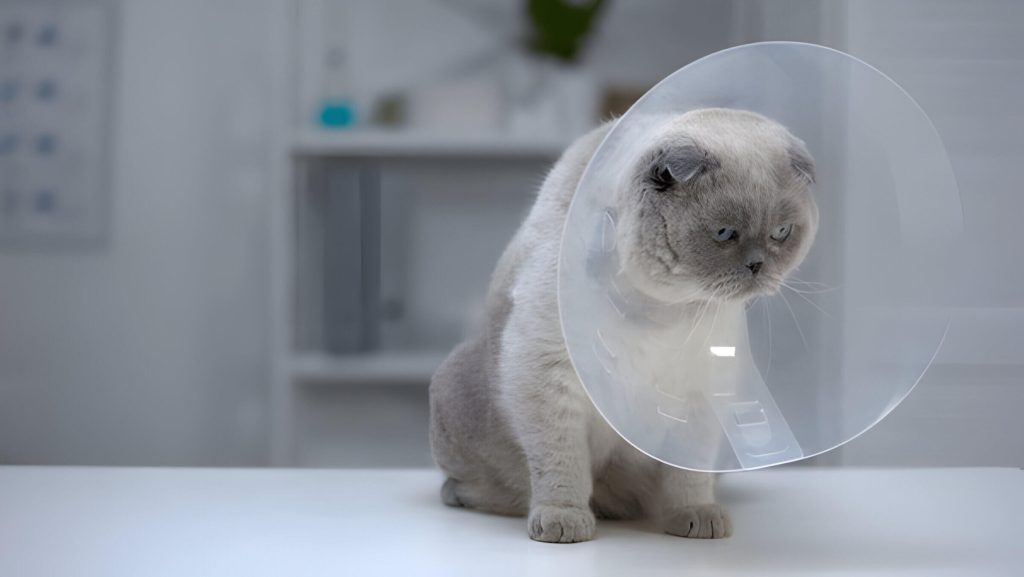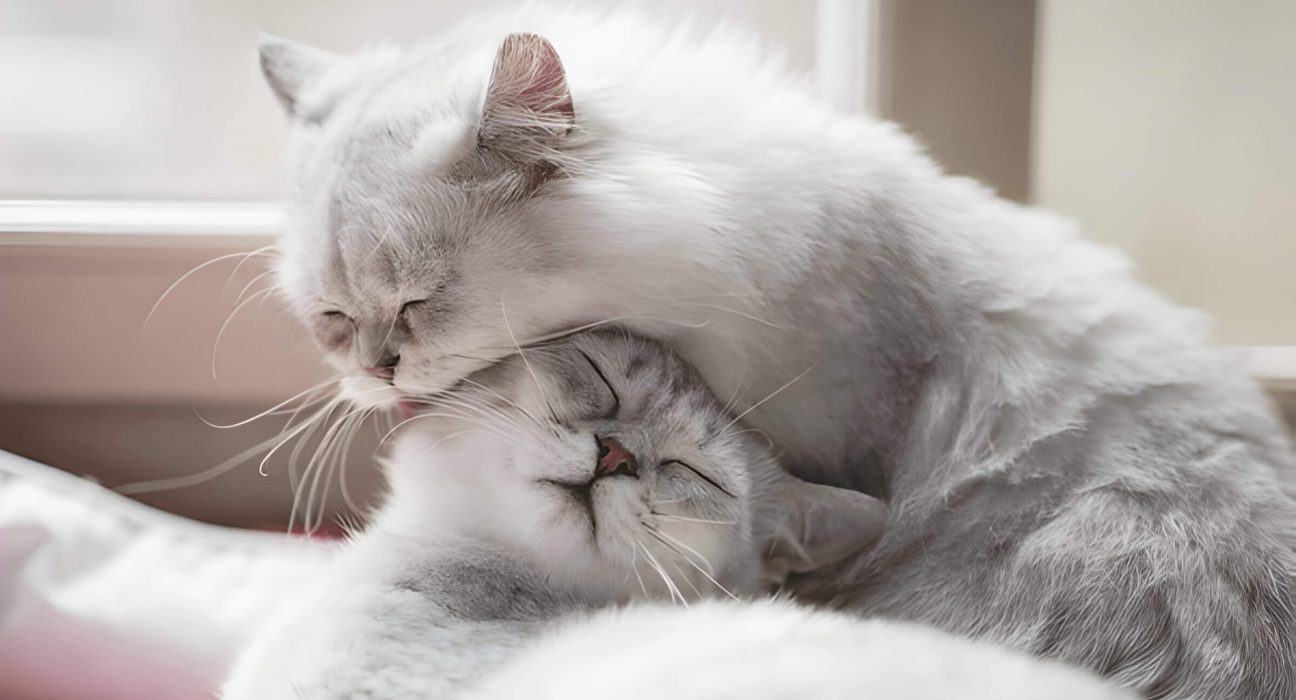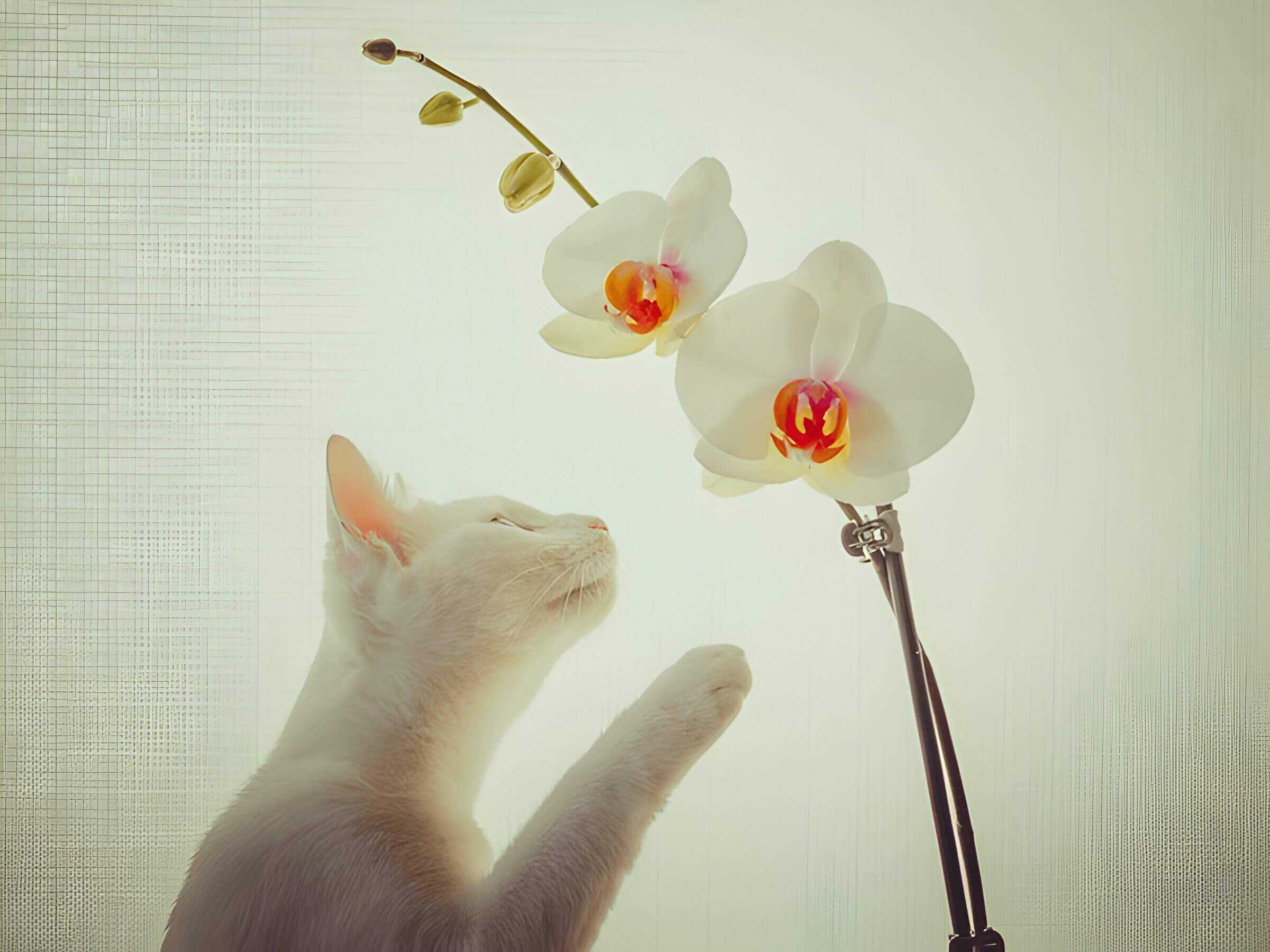Cats are fascinating creatures, and understanding their biological processes is key to responsible pet ownership. One crucial aspect of feline biology is the reproductive cycle, particularly the phenomenon known as heat or estrus. This natural process, which occurs in unspayed female cats, involves significant hormonal changes and behavioral shifts that can be both intriguing and challenging for pet owners. In this article, we’ll explore the intricacies of feline heat cycles, their impact on cats and their owners, and the various management strategies available to ensure the health and well-being of our feline companions.
What is Feline Heat and Why Does it Occur?
Feline heat, also known as estrus, is a natural reproductive cycle in female cats. This process is characterized by hormonal changes that prepare a cat’s body for potential mating and pregnancy. The estrus cycle typically begins when a female cat reaches sexual maturity, usually between 5 to 10 months of age, depending on the breed and individual cat.
During heat, cats experience significant hormonal fluctuations, primarily involving estrogen. These changes trigger various physical and behavioral signs, such as increased vocalization, restlessness, and a more affectionate demeanor towards humans and other cats. Cats in heat may also exhibit specific mating behaviors, including rolling on the floor, raising their hindquarters, and assuming a mating position.
The feline reproductive biology is designed for efficiency, with cats being induced ovulators. This means that the act of mating stimulates the release of eggs from the ovaries. A cat’s heat cycle can last anywhere from 3 to 14 days and may occur multiple times throughout the breeding season, which typically spans from spring to early fall in most regions.
Understanding the cat estrus cycle is crucial for pet owners, as it helps in managing their cat’s reproductive health and behavior. For those not intending to breed their cats, spaying is often recommended to prevent unwanted pregnancies and reduce the risk of certain health issues associated with the reproductive system.
The Frequency of Heat Cycles in Cats
Cats are known for their unique reproductive patterns, with most domestic cats being seasonal breeders and polyestrous. This means they can have multiple heat cycles during their breeding season. The frequency of heat cycles in cats can vary depending on several factors, including breed, environment, and individual characteristics.
Typically, a cat’s breeding season occurs during the warmer months when daylight hours are longer. In the Northern Hemisphere, this usually spans from early spring to late fall. During this time, unspayed female cats may experience heat cycles every 2-3 weeks, with each cycle lasting about 7-10 days.
It’s important to note that indoor cats exposed to artificial lighting may have heat cycles year-round, as the consistent light mimics longer daylight hours. Some breeds, such as Siamese and Burmese cats, are also known to have more frequent heat cycles regardless of the season.
Understanding the frequency of heat cycles is crucial for cat owners, especially those considering breeding or looking to prevent unwanted litters. If you’re not planning to breed your cat, spaying is recommended to prevent heat cycles and reduce the risk of certain health issues.
Signs and Symptoms of a Cat in Heat
Recognizing when a cat is in heat is crucial for pet owners. One of the most noticeable signs is a significant change in vocalization. Cats in heat often become excessively vocal, producing loud, prolonged yowls that can persist day and night. This behavior is an attempt to attract potential mates.
Restlessness is another key indicator. A cat in heat may pace around the house, appear agitated, or have trouble settling down. They might also exhibit increased affection towards their owners or other animals, rubbing against them more frequently and seeking attention.
Physical changes are also observable. The cat’s vulva may become swollen and produce a clear or slightly bloody discharge. Additionally, many cats in heat adopt a mating posture, lowering their front end while raising their hindquarters and tail.
Other behavioral changes include an increased desire to go outside, even for indoor cats, and more frequent urination, often in inappropriate places. This behavior is meant to leave scent markers for potential mates.
Understanding these signs can help cat owners provide appropriate care and make informed decisions about spaying or breeding their feline companions.
Factors Affecting Heat Cycles in Cats
The reproductive cycles of cats, known as heat cycles or estrus, can vary significantly among individual felines. Several factors influence the frequency and duration of these cycles. Breed differences play a crucial role, with some breeds experiencing more frequent or intense heat cycles than others. For instance, Siamese cats are known to have longer and more frequent cycles compared to other breeds.
Environmental influences also significantly impact a cat’s heat cycle. Changes in temperature and seasonal shifts can trigger or delay the onset of estrus. One of the most important environmental factors is the amount of daylight hours, which directly affects the cat’s hormonal balance. As days grow longer in spring, many cats enter their heat cycles, explaining why kitten season typically occurs in warmer months.
The distinction between indoor and outdoor cats is another crucial factor. Indoor cats, exposed to artificial lighting and consistent temperatures, may experience more frequent and irregular heat cycles throughout the year. In contrast, outdoor cats tend to have more predictable cycles that align with natural seasonal changes.
Understanding these factors can help cat owners better manage their pets’ reproductive health and make informed decisions about spaying or breeding. It’s important to consult with a veterinarian to discuss the best approach for your individual cat, taking into account these various influences on their heat cycles.
Tips for Pet Owners to Deal with Cats in Heat
When your feline friend enters her heat cycle, it can be a challenging time for both cat and owner. Understanding how to manage a cat in heat is crucial for maintaining a peaceful household and ensuring your pet’s well-being. Here are some effective strategies for cat heat management:
Calming techniques can help reduce your cat’s stress during this period. Provide extra attention, gentle petting, and playtime to keep her distracted. Some pet owners find success with pheromone diffusers or calming supplements recommended by veterinarians.
Environmental adjustments are key to managing a cat in heat. Create a comfortable, quiet space for your cat to retreat to when she needs privacy. Use easy-to-clean materials for bedding, as cats in heat may urinate more frequently to mark their territory.
Veterinary advice is invaluable during this time. Consult with your vet about potential hormonal treatments or discuss the option of spaying if you don’t plan to breed your cat. They can provide personalized recommendations based on your cat’s health and circumstances.
Remember, each cat may react differently to being in heat. Patience and understanding are essential as you work to keep your feline companion comfortable during this natural process.
Spaying (A Long-term Solution to Heat Cycles)

Spaying is a surgical procedure that offers a permanent solution to female dogs’ heat cycles. This operation, which involves removing the ovaries and uterus, not only prevents unwanted pregnancies but also provides numerous health benefits. One of the primary advantages of spaying is the elimination of the risk of pyometra, a potentially life-threatening uterine infection. Additionally, spayed dogs have a significantly reduced risk of mammary tumors, especially when the surgery is performed before the first heat cycle.
The spay surgery is a routine procedure performed under general anesthesia by a veterinarian. While it requires careful post-operative care, most dogs recover quickly and can return to normal activities within a few weeks. Owners should monitor the incision site for signs of infection and follow their vet’s instructions regarding pain management and activity restrictions.
Beyond the immediate health advantages, spaying can also lead to behavioral improvements. Spayed dogs are less likely to exhibit hormone-driven behaviors such as restlessness, vocalization, and attempts to escape during heat cycles. This can result in a calmer, more contented pet and a stronger bond between the dog and its owner.
Myths and Misconceptions about Cats in Heat
Many cat owners harbor misconceptions about their feline companions’ heat cycles. Let’s debunk some common misunderstandings with scientific facts and veterinary insights.
Firstly, it’s a myth that cats must mate during their first heat. In reality, allowing a cat to go through heat without breeding has no negative health effects. Another widespread belief is that spaying a cat in heat is dangerous. While it’s preferable to spay before the first heat, veterinarians can safely perform the procedure during heat, albeit with slightly increased risks.
Some people think cats only go into heat during specific seasons. However, indoor cats can experience heat cycles year-round, typically every 2-3 weeks. It’s also incorrect to assume that cats in heat always bleed; unlike dogs, visible bleeding is rare in felines.
Lastly, the notion that cats can only get pregnant while in heat is false. Cats can actually ovulate for several days after visible signs of heat have subsided, making unplanned pregnancies possible even after heat symptoms disappear.
Understanding these facts helps cat owners make informed decisions about their pets’ reproductive health and overall well-being.
How Often Do Cats Go into Heat?
Female cats typically go into heat every two to three weeks during breeding season, which can last from spring to fall. However, factors such as breed, environment, and individual health can influence this frequency.
Responsible pet owners should be aware of their cat’s reproductive status and take appropriate measures to prevent unwanted litters. Spaying or neutering cats not intended for breeding is highly recommended, as it not only prevents unwanted pregnancies but also offers numerous health benefits and can reduce behavioral issues associated with heat cycles.
For those considering breeding their cats, it’s essential to consult with a veterinarian to ensure the cat is healthy enough for reproduction and to receive guidance on proper breeding practices. Regular check-ups and maintaining a healthy diet and environment for your feline companion are also vital aspects of responsible pet ownership.
By being informed about feline reproductive cycles and taking proactive steps in their cat’s health care, pet owners can ensure a happy, healthy life for their feline companions while contributing to responsible pet population management.







